Women warriors of the ancient world
Warfare has traditionally been a man’s world. The reasons for this varies historically and culturally but, regardless of time and place, women who are actively involved in war, especially as leaders, are the exception rather than the rule.
These exceptions, however, make fascinating reading. But you should keep in mind that since they lived so long ago, it can be difficult to separate the history from mythology.
Ancient Greece
The most well-known women warriors are probably the Amazons. The term is sometimes used more generally to describe a strong, powerful, masculine-looking woman. But it originally referred to a tribe of powerful Scythian women who took part in many battles in ancient Greece.
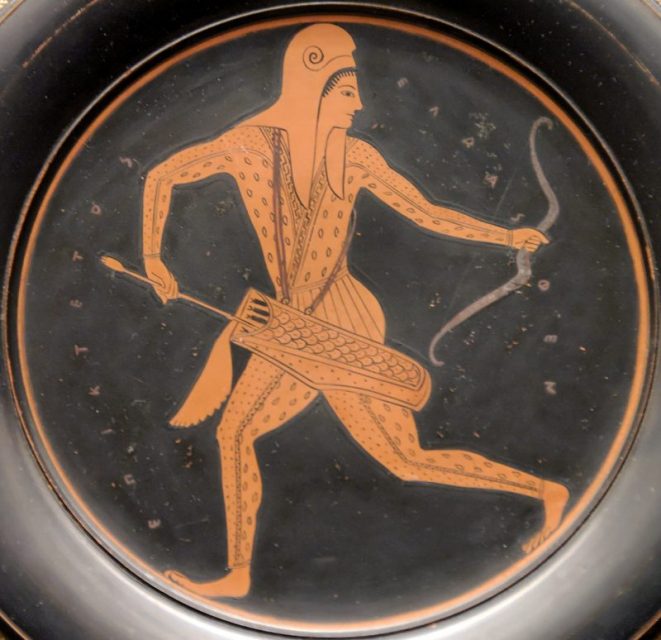
They were known for their ferocity and strength as well as their riding and archery skills. Stories about them have found their way into many Greek myths. However, more recent archaeological discoveries suggest that, like many myths, there is some basis in reality.
Excavations in eastern Eurasia where Scythia was located in ancient times suggest there is substance to the myth. The excavations of a large number of graves in the area indicate that both men and women were involved in warfare.
There was evidence of female skeletons having injuries typical of the kind that were sustained in battle. Also, the tombs of females contained arrows and weapons.
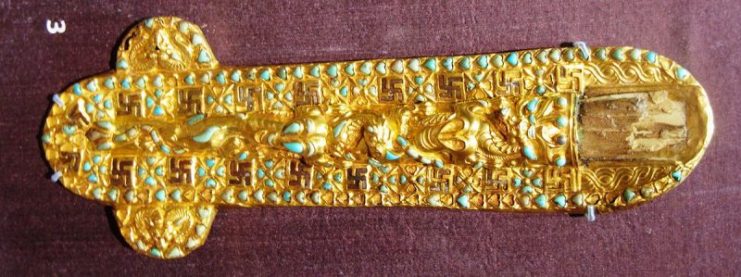
Archaeologists use the contents of graves or tombs to give clues about the person who was buried there. It had been assumed that the skeleton must be male if weapons were found with it. However, as testing methods become more sophisticated, it has been possible to establish that some of these skeletons were female.
The discoveries confirm the fact that the Scythians were a warlike tribe whose survival depended largely on their use of horses. One-third of the excavated female graves contained war treasure. This seems to be the origins of the Amazons of Greek legend.
However, there is nothing to back up some elements of the myths surrounding these woman, such as them being larger than normal or having one breast removed to make them more proficient archers.
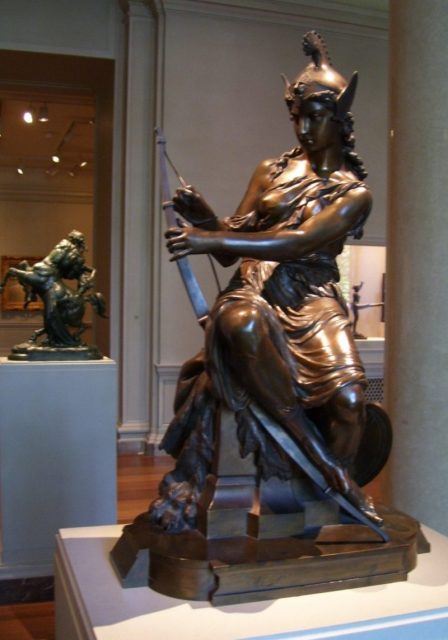
It also puts paid to one of the theories that the Amazons were, in fact, men but were mistaken for fierce women because they dressed in flowing robes and had their hair tied back.
Boudicca: Queen of the Celts
Boudicca was the Queen of the Iceni tribe, the native Celtic race living in Britain at the time of its occupation by Rome.
Roman historian Dio Cassius commented that in Celtic society, especially among the Caledonia tribes of what is now Scotland, roles were reversed and women held many of the roles traditionally held by men.
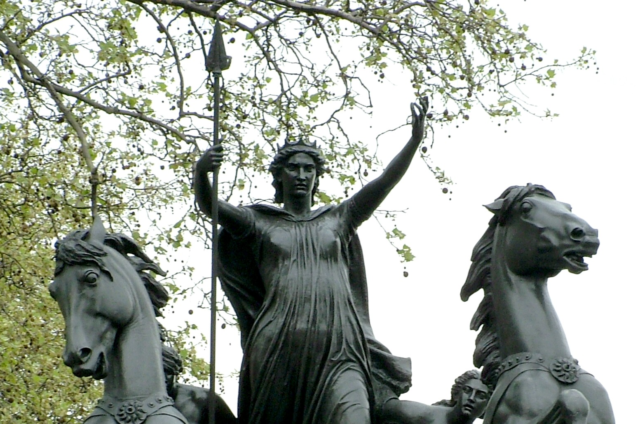
This is probably an exaggeration, but it does concur with suggestions from other sources that Celtic women enjoyed greater power and freedom than women in more “civilized” societies like Rome. In that context, it is less surprising that a figure like Boudicca became the one to lead an uprising against the forces of Rome.
Boudicca’s husband had been the King of the Iceni tribe whose kingdom corresponded roughly to the south-east of England. Upon his death, the Romans (who were gradually taking more and more control of Britain) decided to annex the kingdom and place it under Roman rule.
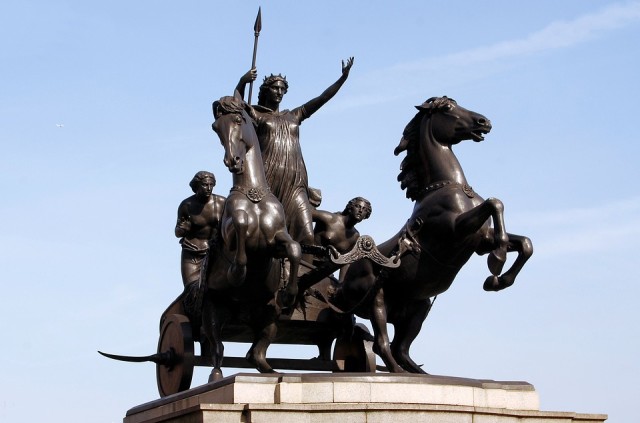
In 60 or 61 BCE, Boudicca fought a battle against the Roman invaders. Initially, she had some success. The Iceni army was joined by that of the Trinovantes from a little further north. They destroyed three of Rome’s key towns or encampments in the area. These were in London (known as Londinium), Colchester (Camulodinum), and St Albans (Verulamium).
Despite the campaign going well at first, Boudicca’s success was short-lived. Her efforts ultimately failed against Rome’s ability to bring in reinforcements. Boudicca died, possibly by her own hand, shortly after being defeated.
Lady Triệu – The Vietnamese Joan of Arc
Trieu Thi Trinh, or Lady Triệu as she was known, was a heroine of the third century thanks to her attempts to defeat the Chinese state of Eastern Wu which, at the time, occupied Vietnam.
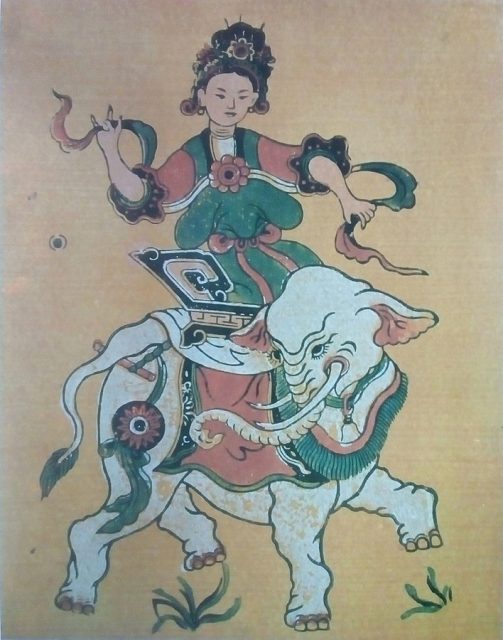
What is known about her is largely mixed up with legend, but modern historians accept that she did exist and lived at that time and place. In addition, the battles that she participated in were real.
Various accounts of her life exist. Most agree that she was an orphan and grew up with her brother in a small village. At the age of 20, she gathered around 1,000 followers and set off to confront the ruling Chinese occupation.
Her brother had initially tried to talk her out of it but, eventually, she persuaded him to join her with the much-quoted phrase:
“I’d like to ride storms, kill sharks in the open sea, drive out the aggressors, reconquer the country, undo the ties of serfdom and never bend my back to be the concubine of whatever man.”

Like Boudicca in Britain, her small army could not hold out for long against the strength of the better equipped and more numerous occupying forces. She was defeated and is believed to have drowned herself in the river.
However, despite her defeat, she remains a folk hero and a source of inspiration in Vietnam.
Indian Bodyguards
In Ancient India, women could perform an important and unusual role as bodyguards to the king. This role was very different from the typical life of a woman in India at the time. However, further back in time, women had enjoyed a higher status.
During the Vedic period (1500 -500 BC), women held equal status with men. Perhaps this was the origins of the tradition which was prevalent in parts of India from the 4th Century BCE and continued to some extent into the 5th century and possibly beyond.
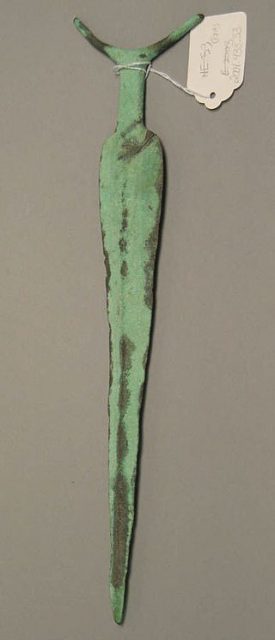
Read another story from us: 17 Women to 1 Man – Generations of War May Explain Ancient Mystery
Women who showed natural strength would be chosen to serve. They were given the training required to carry out their work. They would learn martial arts including wrestling, swordsmanship, and archery.
As well as protecting the king, their duties also included guarding the king’s harem. When not accompanying the king into battle, they led a privileged life in the royal court and were paid well for their services.
